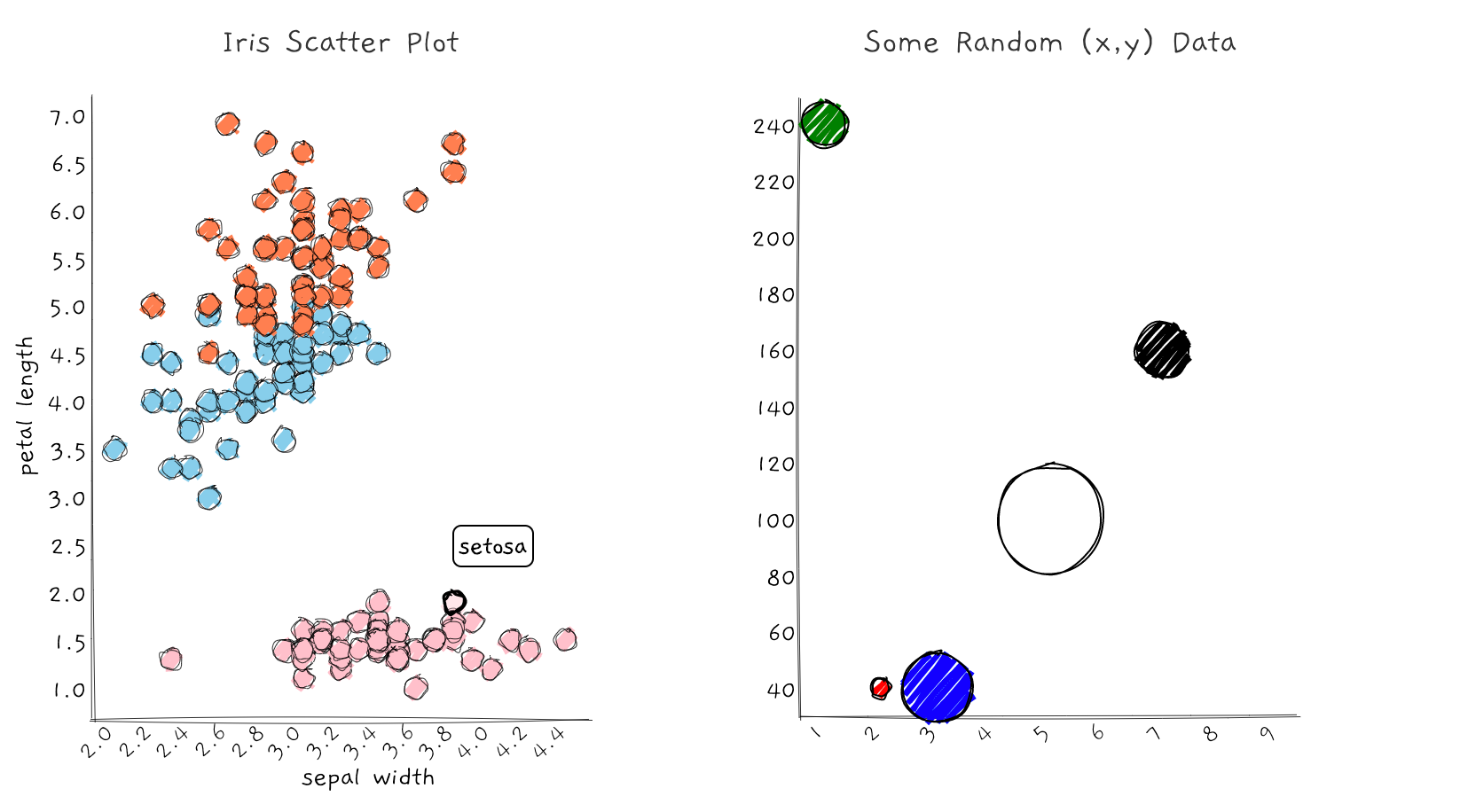
You can base64 them, for example with a tool like Elmah. However, there is one hack to get around this that works at least for icons. Include icons in the CardĪdaptive Cards can't host their own images or icons, so you will usually need a URL and capacity to host these yourself elsewhere (for example through a CMS). See the Pen Adaptive Cards templating - Build email address by Henry on CodePen. With this trick you can create a Card that has at least two tabs – although be warned that the widths need tinkering with to display this properly on small screens. Tab interfaces are popular, but not supported in Adaptive Cards. If you want to show a user's email address, but your API isn't providing it, then maybe you can "build" the email using their name and company name. See the Pen Adaptive Cards templating - Split first name by Henry on CodePen. But, in a pinch, you can get very close to this using the following Adaptive expression. Ordinarily you need a library like moment.js that does this kind of transformation. But most users prefer timestamps to be a little easier to read than that. Most APIs send timestamps in UNIX format, like T00:00:33.25. See the Pen Adaptive Cards templating by Henry on CodePen. Let say you have an API that gives you the user's name as "John Hancock" but you want to address the user as just "John" in your Card.
#Unpkg moment types full
Get the first name out of a user's full name Some of these use Adaptive Expressions, but others are just thinking outside the box a little. In this post I listed examples of cool little hacks that we've accumulated over time that helped push the envelope on what an Adaptive Card can do. But as you start to make more sophisticated layouts you will usually run into common issues where the data you want to show in your Card maybe isn't 100% what you need it to be, or is just too much to comfortably fit into your layout. A simple Adaptive Card for your business takes less than 10 minutes to make. By double clicking on the text component you're able to edit it via the built-in Rich Text Editor, which is also customizable and replaceable.Īs we have seen before you can create Blocks directly as Components:Ĭonst editor = grapesjs. For example, by double clicking on an image component you will see the default Asset Manager, which you can customize or integrate you own. GrapesJS comes with a few built-in Components that enable different features once rendered in the canvas. If you want to learn more about Custom Components, you should check out Component Manager Module. For example, by dragging a placeholder text you can fetch and show instead a dynamic content. This means you can show the user whatever you desire regardless of what is in the Model. This isn't totally out of the ordinary, but the unique thing about Components that you can create a totally decoupled View.

#Unpkg moment types code
Therefore, if you add a new attribute to the model, it will be available in the export code (which we will learn more about later), and the element you see in the canvas will be updated with new attributes. Generally, all Model properties are reflected in the View. A GrapesJS Component is an object containing information about how the element is rendered in the canvas (managed in the View) and how it might look its final code (created by the properties in the Model). Technically, once you drop your HTML block inside the canvas each element of the content is transformed into a GrapesJS Component. If you want to learn more about blocks we suggest to read its dedicated article: Block Manager Module.


 0 kommentar(er)
0 kommentar(er)
